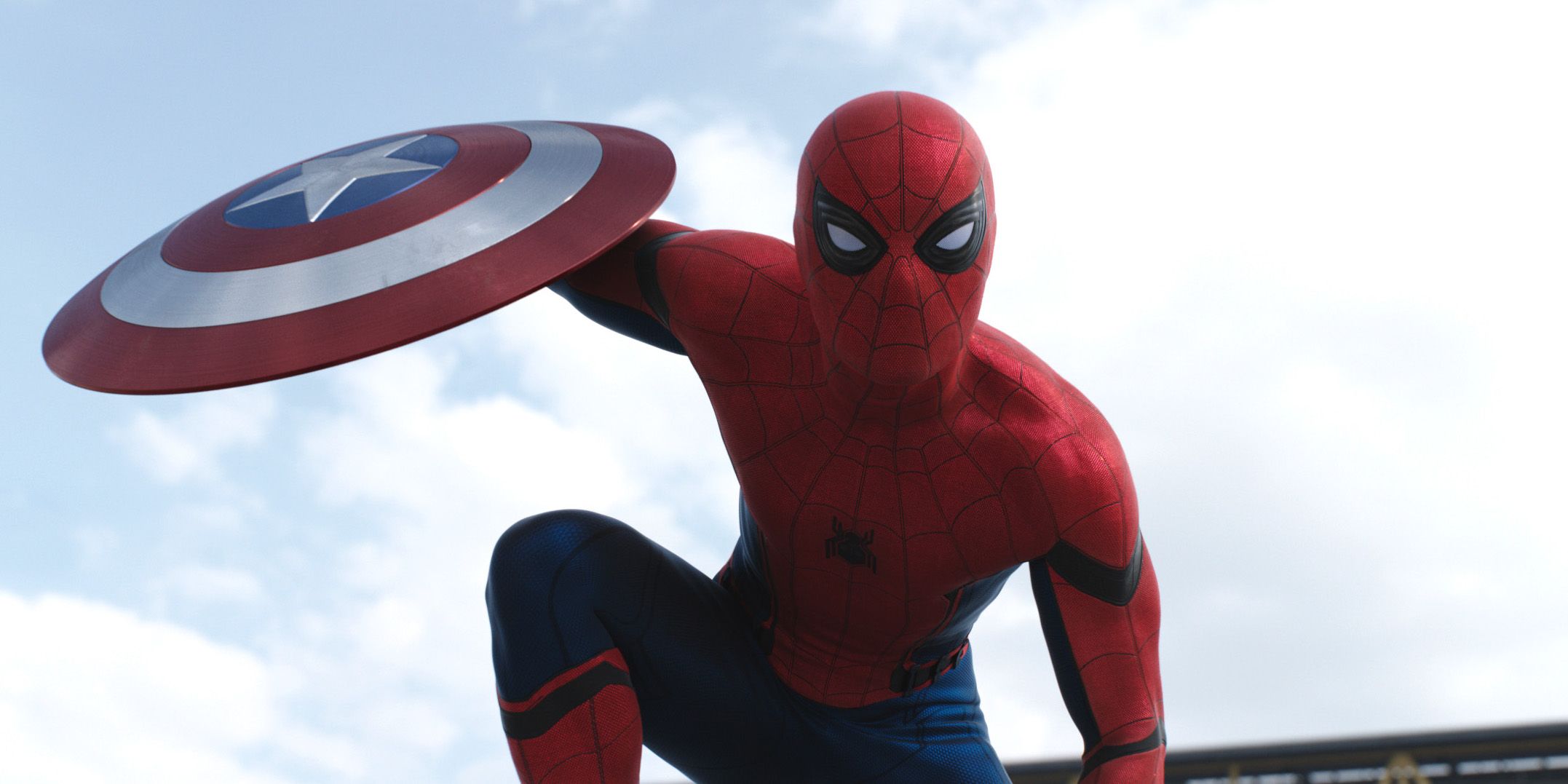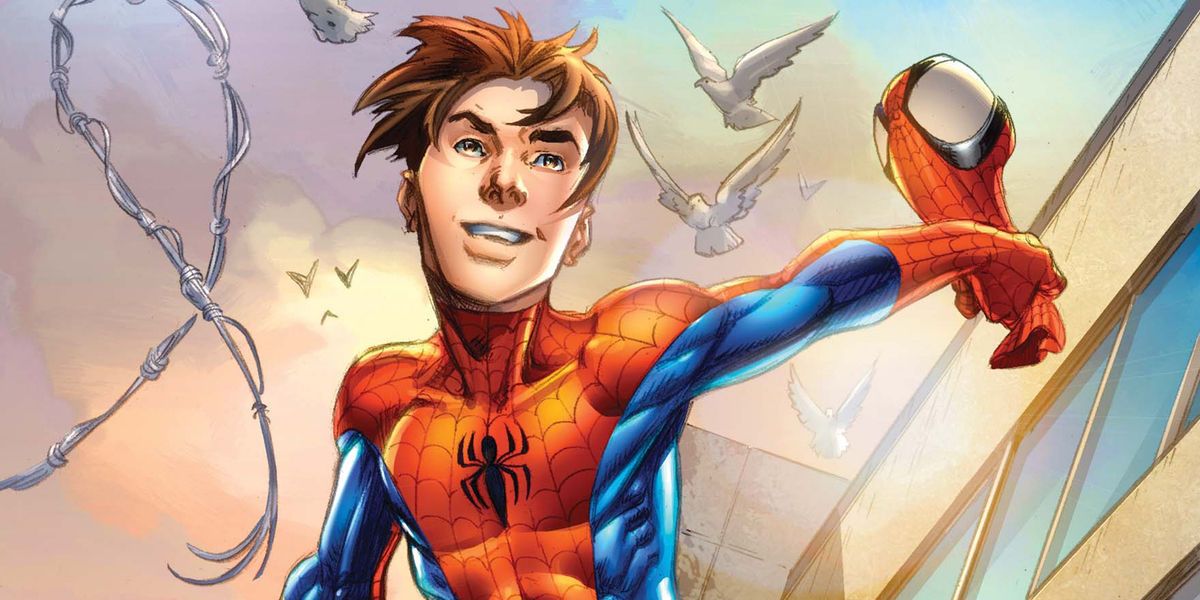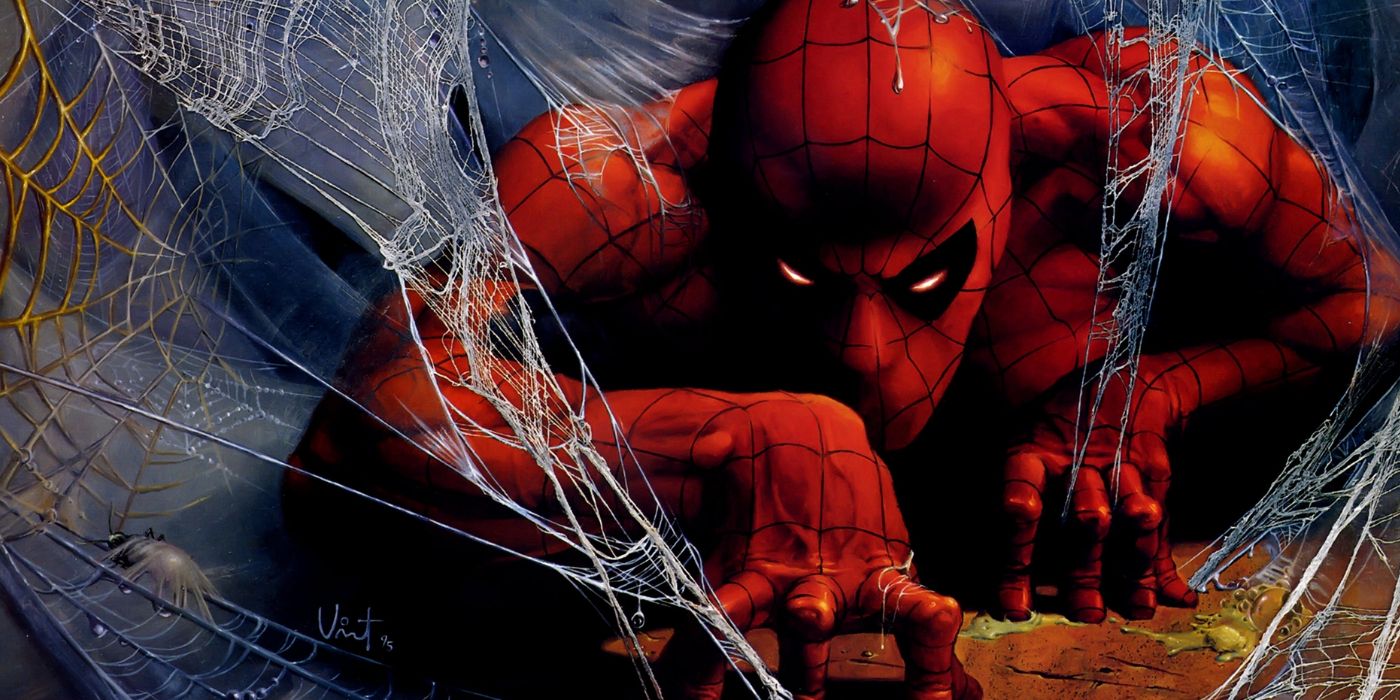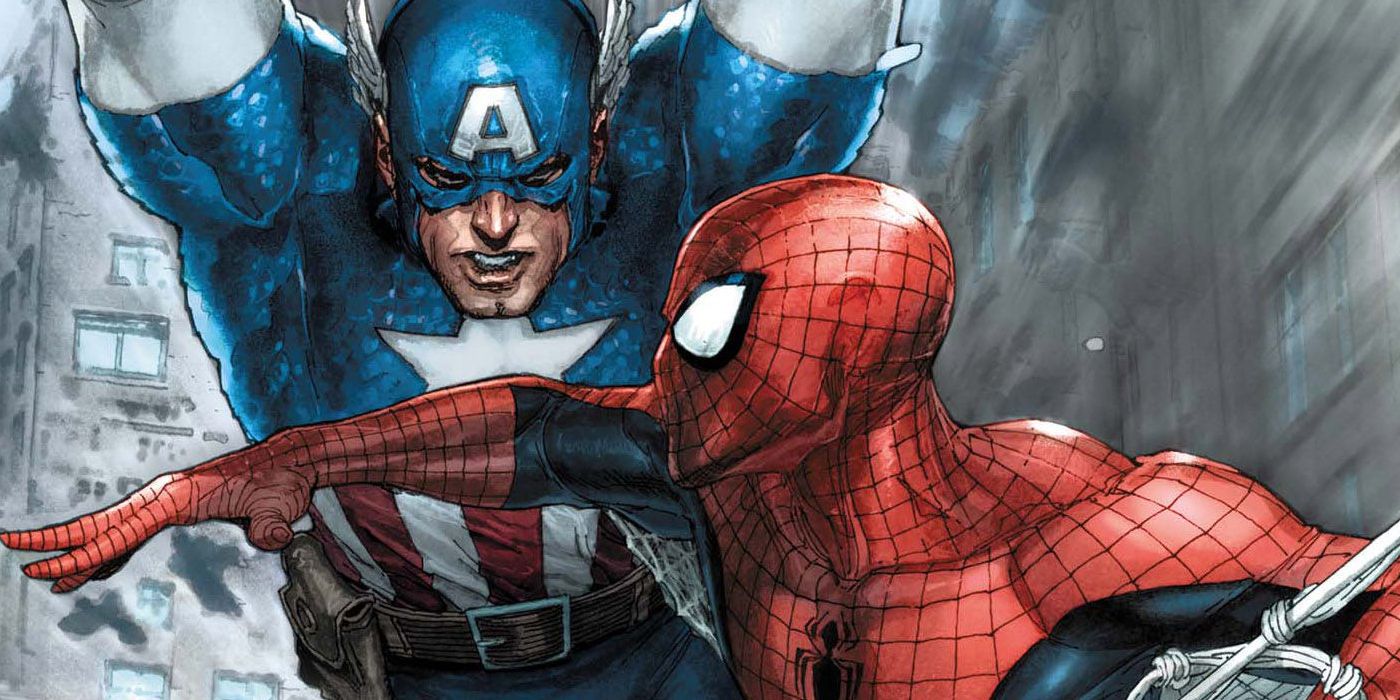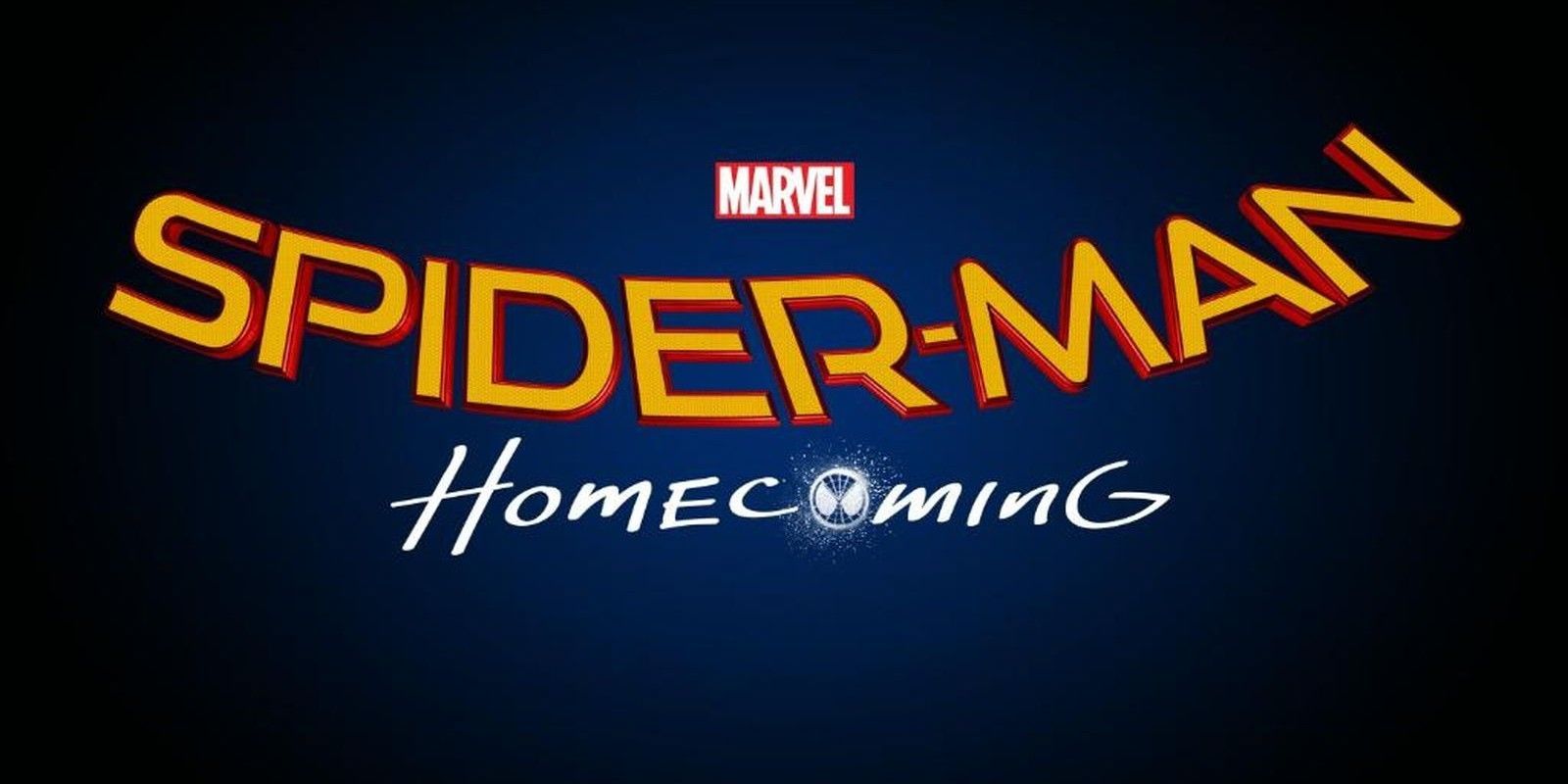NOTE: The following post contains MAJOR SPOILERS for Captain America: Civil War.
Following a ground-breaking deal between Marvel Studios and Sony Pictures, Spider-Man has officially made his onscreen debut in the Marvel Cinematic Universe - as a member of #TeamIronMan in Captain America: Civil War. While many thought that Tom Holland's Peter Parker would only appear for a few brief minutes in Civil War, it turns out that the wall-crawler from Queens actually has a significant role in the movie - and, as a result, is a standout part of Marvel's latest film (read out Captain America: Civil War review). Those who have seen the film already know that Civil War doesn't spell-out Spider-Man's new origin story - especially considering that Marvel has promised that viewers won't have to sit through another full origin tale (untold or not) even in Spider-Man: Homecoming.
Nevertheless, the first appearance of the MCU Spider-Man does highlight notable differences between the new version and those depicted in Sam Raimi's Spider-Man trilogy (with Tobey Maguire) and Marc Webb's Amazing Spider-Man reboot (starring Andrew Garfield). No doubt, fans will have to wait until Homecoming to find out just how much backstory Marvel will present in their co-sponsored solo movie, and what the studio leaves to common knowledge, but in the meantime, we're going to dig a little deeper into what new information was revealed in Civil War.
A Boy from Queens
When viewers are first introduced to Tom Holland's Peter Parker, he is living in a crowded Queens apartment complex with his aunt, May Parker (Marisa Tomei). Unlike prior big screen iterations of Peter's aunt, the MCU May is younger (in her late forties or early fifties) - prompting Tony Stark to comment that she is "surprisingly attractive" (despite the quality of her date nut loaf). While May's age might seem like a small point to some viewers, it sets the stage for intriguing new storytelling opportunities - given that this version of May will have lost her "Ben" at a much earlier age than previous iterations. This May isn't an aging woman living in her own home, she's a single "mother" trying to make ends meet - and turn a small apartment into a home for her orphaned nephew.
The pair's financial troubles are made apparent by Peter's dumpster-diving and hope that Stark's fictionalized story about Peter applying for the "September Grant" could mean actual money might be on the way. A lack of funds also explains Peter's rudimentary spider-suit, which audiences only see in security footage (and crumpled/hanging from the Parker attic), making it all the more reasonable that Stark would provide his new charge with upgraded "underoos."
The Old and the New
As suggested, Civil War does not reveal the circumstances (and science) behind the creation of this Spider-Man. When asked directly about how he received his powers, Peter begins to answer - but is abruptly cut-off by Tony Stark (who is more concerned with the young hero's homemade costume). While Peter stops-short of elaborating on what caused him to gain spider-like abilities (though we can presume a radioactive spider-bite factors in somehow), he does explain the function of his spider-suit's goggles. Parker states that ever since he gained his powers, his senses have been dialed to "eleven" - and, as a result, he wears the goggles to help him keep those senses focused.
Taking a page from the original comics and second Spider-Man film series, Holland's iteration also designs his own web-shooters - as well as the webbing mixture they use. Stark even compliments Peter on the webbing specifically - impressed by the tensile strength of Peter's home-brew chemical compound.
Helping the Little Guy
Like May, Peter himself is also younger this round. Even if audiences were to believe that Maguire and Garfield were (as Spider-Man) in High School, Holland's version acts young - from his initial reaction to Stark's arrival to his excitement when meeting the Avengers in Germany ("Big fan"). Still, most telling of all is Peter's explanation of what it's like hiding his powers from the world - suggesting that he can do amazing things but can't take personal advantage of his abilities (outside of crime fighting) because he didn't have them before. Where previous iterations of Peter Parker relished in their newfound strength and agility (knocking out a bully, for instance), Holland's Spider-Man is anxious and restrained - trying to fit in just as he did prior to his "incident." It is that restraint that nearly prevents the hero from traveling with Stark to Germany: he doesn't want to fall behind in school or, more importantly, worry his aunt.
Nevertheless, what Peter can't do, Spider-Man can - and it's apparent already that, in the MCU, web-slinging is a cathartic release for a kid who is, during the day, playing by the rules and living an "ordinary" life. Driven by a need to help, this Parker suggests that, like many Spider-Man iterations before him, he knows what can happen when a person with the ability to act does nothing (after all, with great power comes great responsibility). Parker's enthusiasm for fighting crime and comments about helping the little guy might sound hyperbolic to the average viewer but, to those who know what Peter is thinking (but not saying), it's a heart-breaking self-admission: when Peter looked the other way, Uncle Ben was killed.
The Future of Spider-Man
Peter's own tragedy and personal failures might set the stage for his role in Civil War, as Tony Stark's eager-to-please recruit, who believes he's aiding in the arrest of a "dangerous" Captain America. In a fancy new suit supplied by Stark, with a mechanized mask (to aid Peter in focusing his senses), Spider-Man proves to be a brave, inventive, and snarky combatant - albeit one that may have been slightly out of his depth this round (especially with Giant-Man, Vision, and Scarlet Witch, in the mix). Though he was key in Stark nearly "wining" the battle with #TeamCap, it's apparent this Spider-Man is, above all else, still a kid - exemplified by the moment when Stark checks on an unconscious Peter, only to see the young hero lash out in fright and panic (thinking he's still in danger). It's at that point that both Stark and Peter admit that Spider-Man is "done" for the day.
Little is known, yet, about how the character will have changed by the time audiences reunite with Peter in Spider-Man: Homecoming; however, the Civil War post-credits scene, which reveals that Iron Man included Stark tech (and presumably a means of communication) within the wall-crawler's new web shooters, seems to suggest that Tony intends to keep an eye on Spider-Man - not much of a surprise considering that Robert Downey Jr. has already signed to appear in Homecoming. Previously, Marvel producers have promised that audiences won't have to sit through another Spider-Man origin story but, given all the subtle and not-so-subtle differences already apparent in the MCU's Peter Parker, it'll be interesting to see what other aspects of the well-known backstory Marvel intends to reimagine.
For now, fans are left to speculate but we'll be sure to provide updates as official confirmations are announced.
NEXT: Captain America: Civil War Biggest Spoilers & Reveals
Captain America: Civil War opens in theaters May 6, 2016, followed by Doctor Strange – November 4, 2016; Guardians of the Galaxy Vol. 2 – May 5, 2017; Spider-Man: Homecoming – July 7, 2017; Thor: Ragnarok – November 3, 2017; Black Panther – February 16, 2018; Avengers: Infinity War Part 1 – May 4, 2018; Ant-Man and the Wasp – July 6, 2018; Captain Marvel – March 8, 2019; Avengers: Infinity War Part 2 – May 3, 2019; and as-yet untitled Marvel movies on July 12, 2019, and on May 1, July 10, and November 6 in 2020.

